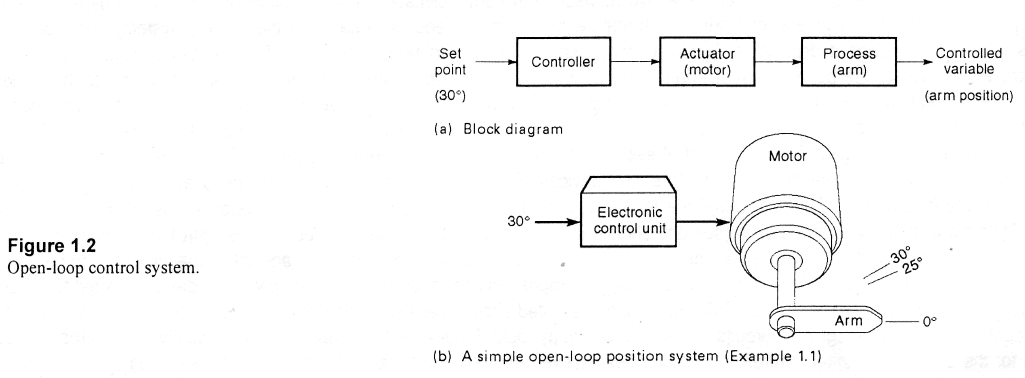
- •Содержание:
- •Введение
- •Give the Russian equivalents to the following international words and word-combinations:
- •Memorize the meaning of the following words and word-combinations from the preface:
- •Read the preface and find out the following:
- •Preface
- •Answer the questions of Ex. 3.
- •Translate the preface using a dictionary. Text 1. Control systems
- •Memorize the meaning of the following words and word-combinations from Text 1:
- •Look through Text 1 to find out the following:
- •Control systems
- •Text 2. Open–loop control systems
- •Translate Text 2 orally.
- •Text 3. Closed–loop control systems
- •Read and translate Text 3:
- •Text 4. Analog and digital control systems
- •Analyze the grammatical structure of the following sentences and translate them:
- •Look through Text 5 to find out the following:
- •III. Look through Text 6 to find out the following:
- •IV. Answer the questions of Ex. III.
- •V. Read text 6 attentively. Translate it orally. Sequentially Controlled Systems
- •Read and give a short summary of Text 7.
- •Answer the questions of Ex. III.
- •Look through the text once again to sum it up (orally or in writing).
- •Read and give a short summary of Text 9.
- •II. Make a list of terms from Text 9 and memorize them.
- •III. Translate Text 9 in writing.
- •Glossary
Text 2. Open–loop control systems
Give the Russian equivalents to the following terms. If necessary, use a dictionary:
Open-loop control system, actuator, controller, operating characteristics, robot arm, controlled variable, voltage, lubricant, viscous, internal friction, application, reliable
Memorize the meaning of the following words and word-combinations from Text 2.
operating characteristics – рабочие характеристики
rated voltage – номинальное напряжение
lubricant – смазочный материал
stepper motor – шаговый двигатель
flow valve – проточный клапан
regular intervals – равные интервалы
Analyze the grammatical structure of the following sentences and translate them:
The controller independently calculates exact voltage or current needed by the actuator to do the job.
The controller never actually knows if the actuator did what it was supposed to because there is no feedback.
Knowing the characteristics of the process, the controller sends a 6-second power pulse to the motor.
The controller has no way of knowing the error and does nothing to correct it.
Translate Text 2 orally.
Control systems can be broadly divided into two categories: open- and closed-loop systems. In an open-loop control system, the controller independently calculates exact voltage or current needed by the actuator to do the job and sends it. With this approach, however, the controller never actually knows if the actuator did what it was supposed to because there is no feedback. This system absolutely depends on the controller knowing the operating characteristics of the actuator.
EXAMPLE 1.1
Figure 1.2 shows an open-loop control system. The actuator is a motor driving a robot arm. In this case, the process is the arm moving, and the controlled variable is the angular position of the arm. Earlier tests have shown that the motor rotates the arm at 5 degrees/second (deg/s) at the rated voltage. Assume that the controller is directed to move the arm from 0° to 30°. Knowing the characteristics of the process, the controller sends a 6-second power pulse to the motor. If the motor is acting properly, it will rotate exactly 30° in the 6 seconds and stop. On particularly cold days, however, the lubricant is more viscous (thicker), causing more internal friction, and the motor rotates only 25° in the 6 seconds: the result is a 5° error. The controller has no way of knowing the error and does nothing to correct it.

Open-loop control systems are appropriate in applications where the actions of the actuator on the process are very repeatable and reliable. Relays and stepper motors are devices with reliable characteristics and are usually open-loop operations. Actuators such as motors or flow valves are sometimes used in open-loop operations, but they must be calibrated and adjusted at regular intervals to ensure proper system operation.
